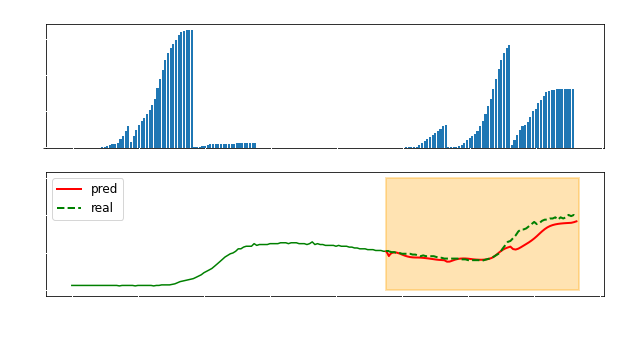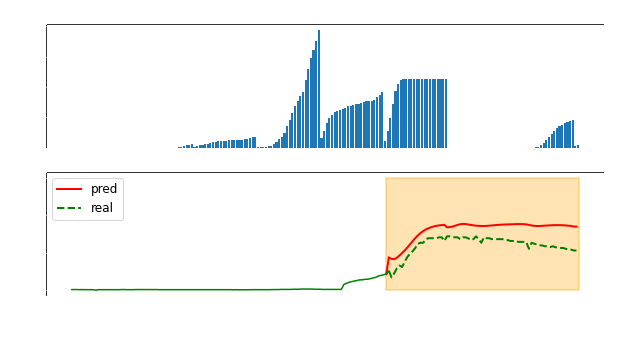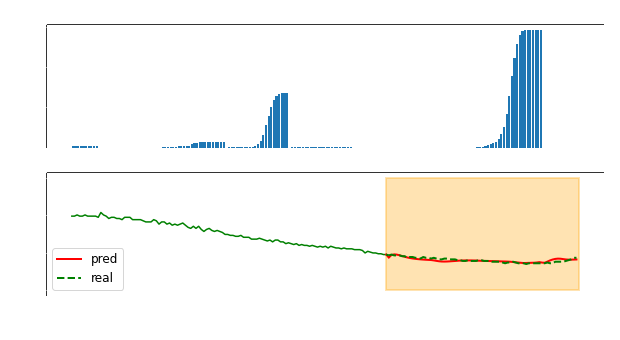Computer vision and machine learning techniques are capable to adopt spatiotemporal data to improve and recognize complex patterns such as runoff. Key variables influencing rainfall-runoff and drainage conditions are among Landcover meteorological variables as precipitation and temperature, but also additional variables related to Land Cover characteristics as vegetation structure. These have strong response in spectral reflectance and are derived from time serties of multispectral EO data (Sentinel 2).
Given the fact that spatial resolution of catchment-wide meteo data is significantly coarser than multispectral data, the project team adopted so-called sequence-to-sequence lumped LSTM (Long Short Term Memory) deep learning model and relied on an hourly precipitation and runoff data to carry out rainfall runoff modelling. The model inputs consist of previous runoff, weather information (including precipitation and temperature) as inputs, and also future weather information to forecast the runoff, over the horizon of 72 hours. Results of the trained machine learning model are remarkably good as illustrated below . The red line denotes the forecasted runoff and green dotted line is the observed runoff.


